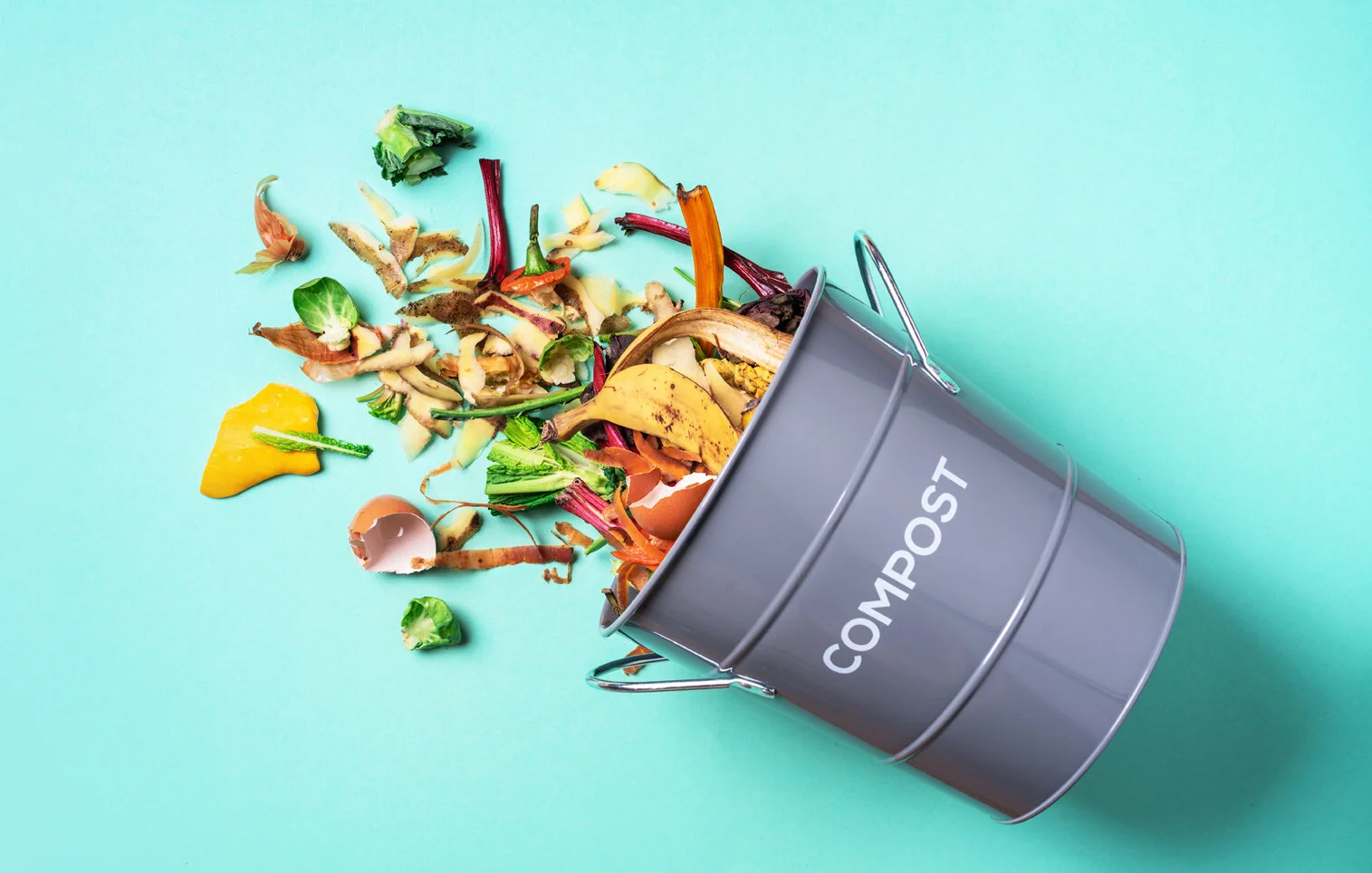Green Era’s current project is a great model of the circular economy because it involves diverting inedible food waste from landfills and, via a process called anaerobic digestion, producing clean, renewable energy as well as nutrient-rich soil, which will then be used to expand fresh local food production. All this will occur on a vacant, brownfield site in South Chicago, in an area with an urgent need for cleanup and economic development.
In August 2020, after a yearlong competition, Green Era, part of the Always Growing Auburn Gresham team, won the $10 million Chicago Prize to develop their vision of a healthy lifestyle hub and renewable energy and urban farming campus. In addition, Gov. J.B. Pritzker announced a $2 million investment from the state’s Rebuild Illinois program to fill the final funding gap for the Green Era Renewable Energy & Urban Farming Campus.






